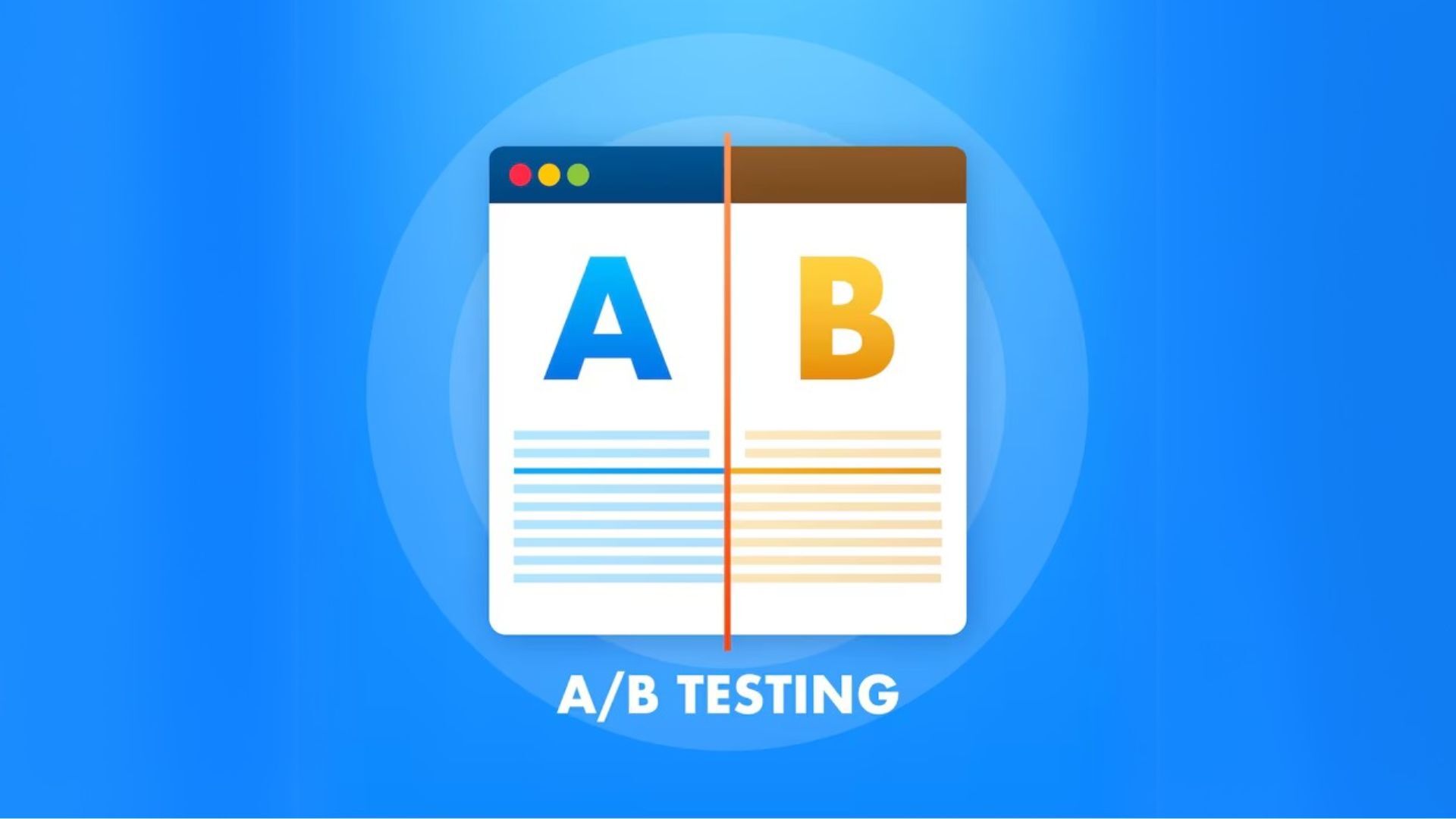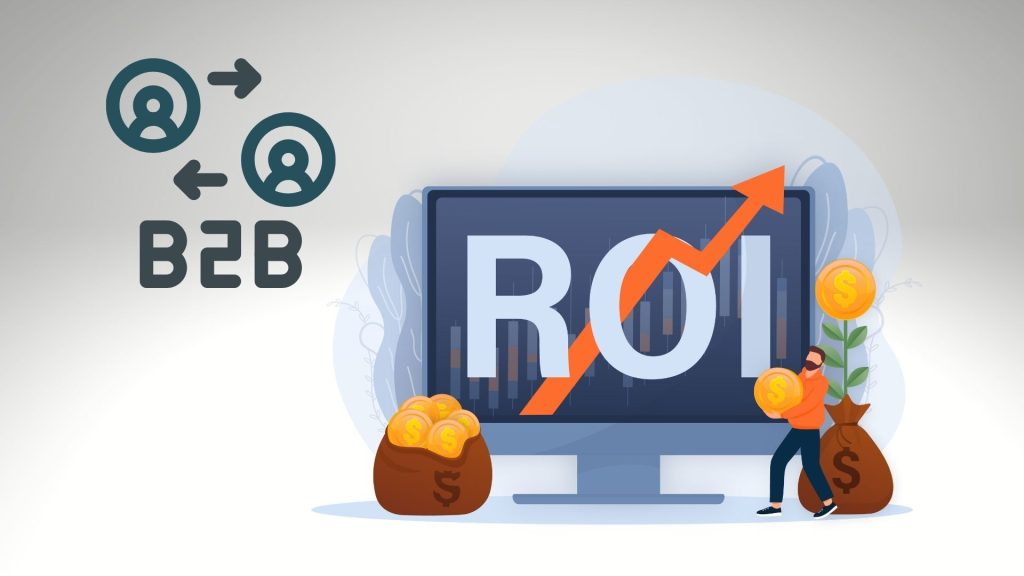How Does A/B Testing in PPC Ads Work?

A/B testing is a fundamental strategy for optimizing pay-per-click (PPC) ads. In today’s competitive digital marketing environment, relying on data-driven decisions is crucial for improving the effectiveness of your PPC campaigns. Whether running Google Ads, Meta Ads, or other paid media campaigns, A/B testing helps you fine-tune every aspect of your ads from headlines and ad copy to bidding strategies and landing pages.
This approach allows you to identify which ad variations drive higher conversion rates, improve ROI, and boost your return on ad spend (ROAS). In this post, we’ll dive deep into how A/B testing works in PPC ads, its role in improving campaign performance, and how to use it to increase your PPC ads’ effectiveness.
What is A/B Testing in PPC Ads?
A/B testing, or split testing, is the process of comparing two or more versions of an ad to determine which one performs better. The variations could involve different elements such as headlines, ad copy, calls to action (CTAs), landing page design, or even audience targeting. In PPC campaigns, the objective of A/B testing is to increase key performance indicators (KPIs) like click-through rate (CTR), conversion rate, and overall ROI.
By testing these variations against each other, you can make data-driven decisions that optimize your ad copy, keywords, bidding strategies, and overall campaign performance. For example, you can test a new headline against the current one to see if it generates a higher click-through rate or improve your landing page design to increase conversion rates. Google Ads, Meta Ads, and other platforms offer built-in tools to set up and track A/B tests, making it easier to analyze test results and adapt your strategy in real time.
How A/B Testing Influences PPC Performance
A/B testing influences PPC performance by providing valuable insights into which elements of your ads resonate most with your audience. Each test results in actionable data that helps refine your ad campaigns, improving the efficiency of your budget allocation and ad placement.
For example, testing different ad copy can highlight the best messaging for your target audience. Adjusting elements like the CTA or landing page design can directly impact your conversion rate, which is essential for improving the ROI of your paid search campaigns. A/B testing enables you to track the number of clicks, analyze the effectiveness of keywords, and adjust your bid strategy accordingly.
In PPC ads, even small changes can lead to significant improvements in performance. For instance, testing two different versions of a headline could yield valuable information about how to increase conversions. These insights allow you to continually optimize your ads based on the data, ensuring that your PPC campaigns remain aligned with user behavior and market trends.
The Role of Data in A/B Testing
Data is the cornerstone of A/B testing in PPC. Without accurate, measurable data, split testing cannot provide meaningful results. Using platforms like Google Ads and Meta Ads ensures you have the tools to track, test performance, and evaluate which ad versions drive the best results.
The success of A/B testing hinges on the statistical significance of the results. To ensure that the differences observed between variations are fundamental and not due to random chance, it’s essential to control variables like audience targeting, bid strategy, and ad assets. For example, if you’re testing two ad variations, it’s crucial to ensure that the audience receiving each version is comparable regarding demographics, device usage, and other relevant factors.
Through careful data collection, marketers can determine which experimental variables, such as ad copy, keywords, or landing pages, contribute most to the success of a campaign. This helps increase conversions and improve the overall performance of your PPC campaign, ensuring you get the best return on your ad spend.
Optimizing PPC Ads with A/B Testing
The continuous nature of A/B testing makes it an essential tool for optimizing PPC campaigns over time. Optimization is not a one-time activity but an ongoing process that helps you adapt to changing market dynamics and user behavior. You can achieve better performance and maximize ROI by constantly refining your ad elements.
Key components like ad headlines, descriptions, and bidding strategies can be optimized through testing. For example, if one CTA is underperforming, you can replace it with another and track how it affects your CTR and conversion rate. Running A/B tests for different audience targeting strategies can help you find the most effective segmentation for your marketing campaigns.
Automating A/B tests within platforms like Google Ads allows marketers to optimize their campaigns continuously without manual intervention. Google’s Performance Max campaigns and automated bidding strategies (e.g., ECPC and Target CPA) can work with A/B testing to improve overall campaign performance. By making adjustments based on accurate data, you can increase conversions, drive more traffic, and ultimately improve your ROI.
Using A/B Testing in Different PPC Platforms
Different PPC platforms offer specific tools for A/B testing that can be leveraged to optimize your campaigns. For example, Google Ads provides robust tools to create multiple ad variations and test them against each other at the ad group level. These tests can include variations in ad copy, headlines, keywords, bidding strategies, and even landing page design.
In addition to Google Ads, Meta Ads also offers options to test different ad assets, such as images, video content, and CTAs. By running tests on these platforms, you can identify which variations deliver the best results regarding clicks, engagement, and conversions. Platforms like Google Ads also support manual bids and automated bidding strategies like Target CPA and ECPC, which can be tested to determine the most effective approach for your specific goals.
By testing multiple variations across different platforms, marketers can ensure that their ads are fully optimized for the highest possible performance. The data gathered from these tests can refine targeting, adjust budgets, and allocate resources more effectively across paid search ads and other digital marketing strategies.
Best Practices for Effective A/B Testing in PPC Ads
To make the most out of your A/B testing efforts, it’s essential to follow best practices. Start by clearly defining the objectives of each test. Are you testing headlines to increase CTR? Or are you testing landing pages to maximize conversions? Knowing your goals helps you measure success accurately.
When setting up A/B tests, it’s crucial to use a control variable to isolate the effects of changes. For example, if you’re testing different ad copy, keep the landing page design the same across both versions to ensure that the test results are attributed solely to the ad copy. Additionally, tests should be allowed to run long enough to gather statistically significant data before making any conclusions.
Incorporating A/B testing as part of your ongoing PPC optimization strategy is crucial. Regularly test new variations of your ads, headlines, CTAs, and landing pages to refine your campaigns continually. Track the performance of your tests with KPIs like CTR, conversion rate, and ROAS, and use this data to make informed decisions about your future campaigns.
Conclusion
A/B testing is a key strategy for optimizing PPC campaigns and improving ad performance. By testing different ad elements like copy, headlines, landing pages, and bidding strategies, you can increase conversion rates, boost CTR, and make the most of your budget. Whether using Google Ads, Meta Ads, or other PPC platforms, A/B testing is essential for staying competitive and achieving long-term success in paid search.
A/B testing isn’t a one-time task, but an ongoing process that helps you adapt to changing consumer behavior and continuously improve your return on ad spend. Make A/B testing a core part of your digital marketing strategy to get the best results and maximise your campaign performance.


